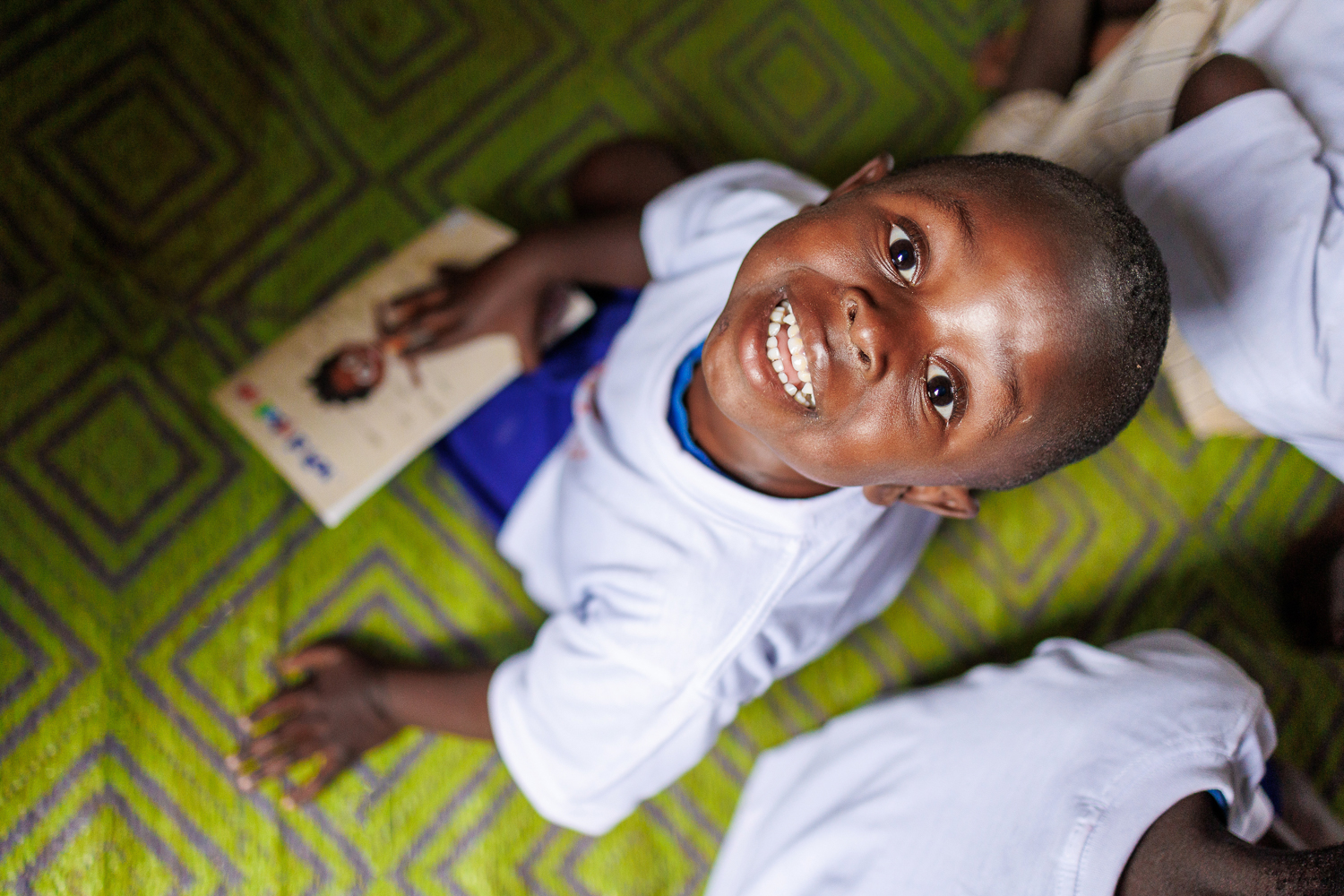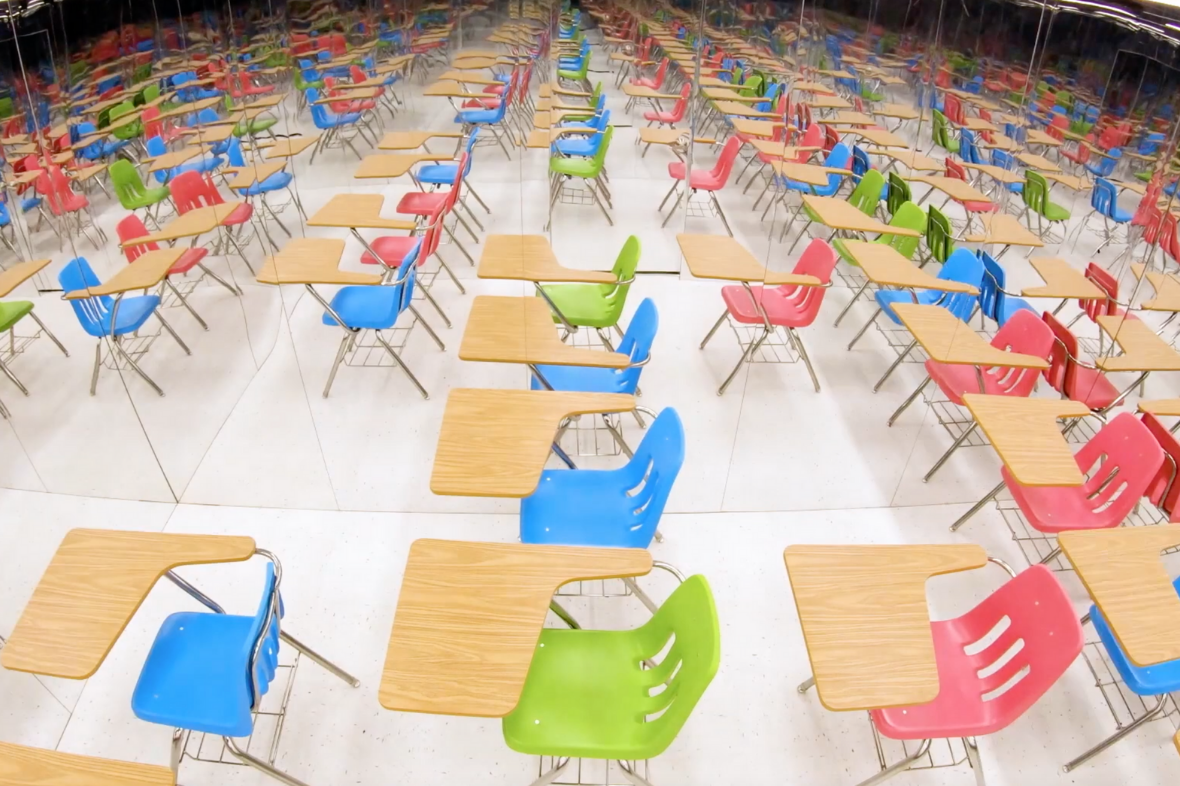
Education funding
Find out why there is a global gap in education funding and how this threatens the goal of all girls and boys getting a quality primary and secondary education. Developing countries do not have enough resources. Aid from international donors fell for many years and is not targeted to where it will have most impact.
A summary of funding issues
The global education crisis has created a divided world – those who have the education and skills to thrive and those excluded from a better future.
In 2015 world leaders made a promise to get every child and youth a quality education by 2030. This is called Sustainable Development Goal 4.
The Education Commission – a distinguished group of global leaders, academics, business leaders and economists – unveiled The Learning Generation report in 2016 after a year of research, consultations and analysis. It said bold action and radical funding could see every child in the world getting a quality primary and secondary education by 2030 – and avoid a looming global education catastrophe.
But the plan needs urgent funding and support. At the moment many governments around the world are not investing enough in the education of their children and youth, and aid from international donors has been dropping and is not always targeted to where it will have the most impact.
The funding gap
For many years, aid to education actually fell. In May 2018, the UN revealed that it increased in the latest statistics (2016) to $13.4 billion – the highest figure since records began in 2002. But there is still a long way to go before education is fully funded.
There is currently a big funding gap to achieve Sustainable Development Goal 4.
Governments in countries where children are out of school or not receiving a quality education should be investing the recommended 6% of Gross Domestic Product on education and spend it effectively on pre-primary through to secondary education for all children.
Governments should also improve their tax collection systems (including through addressing tax avoidance alongside wider tax reforms)and dedicate more of this increased revenue to education.
Donor governments should be investing Overseas Development Assistance (aid) in funding for global education as there are many countries that will not be able to generate the funding necessary to get every child in school, especially the poorest or those hardest hit by conflict and humanitarian disasters.
It’s recommended that donor governments spend 0.7% of GDP on aid and invest 15% of their aid in education. To be more effective, a larger share of this increasing amount should be spent multilaterally through the Global Partnership for Education, Education Cannot Wait fund for education in emergencies, UNICEF, UNRWA and other agencies
Even if the above targets are fully met, there will still be a funding gap for global education. Bridging this gap requires an innovative solution.
It is widely recommended that donor governments work with the World Bank and Regional Development Banks to establish the International Finance Facility for Education (IFFEd) which could generate an additional $10 billion in funding for global education.
In March 2017, a group of major charities and organisations – led by Theirworld – called on the G20 summit in Hamburg, Germany, in July to help launch a new way of funding education.
At the G20 Hamburg summit in 2017, world leaders committed themselves to advancing IFFEd during Argentina’s presidency in 2018. After 10 years of declining funding for education, the G20 signalled action in its Leaders’ Declaration at the end of the summit.
It said: “We note the UN Secretary-General’s proposal to establish an International Financing Facility for Education taking into account other existing initiatives, such as the Global Partnership for Education and Education Cannot Wait, and look forward to examining it in further detail under Argentina’s Presidency with a view to making recommendations on it.”
The International Financing Facility for Education (IFFEd)
The new finance facility will be fully explained in a new prospectus to be published in May 2018. Here is a short excerpt:
The International Finance Facility for Education is a bold plan to support the largest investment in education in history. This innovation in global finance will multiply donor funding so it can go further, creating a new stream of finance for countries committed to reform and investment. Working hand-in-hand with efforts to improve tax revenue in the medium-term and increase domestic resources for education, the Facility will play a crucial role in bridging the financing gap in countries on the cusp of universal education.
The Facility will fill a unique and persistent financing gap. Multilateral and bilateral aid from official donors for education amount to just $12 billion a year. This contrasts with $20 billion for health, which does not include large contributions from private philanthropists of several billions more.
Equally, investments in economic infrastructure and services have doubled in the past decade. Yet less than 3% of humanitarian aid goes to education, and the World Bank lends less than $1 billion a year to lower-middle-income countries for education.
The Facility will complement, not replace or duplicate, current initiatives in education finance. It will enhance World Bank and Regional Development Bank financing for low-income and lower-middle income countries, and work alongside international actors such as the Global Partnership for Education; the Education Cannot Wait Fund; UN agencies such as UNICEF, UNESCO, UNHCR and UNRWA; national donors; and thousands of charities worldwide.
What will the Facility’s impact look like? According to estimates, it will create opportunities for more than 20 million children to attend quality schools in its initial period.
In addition it will help girls complete both primary and secondary school, support programmes to get at-risk children into school, provide longer-term finance for refugees or displaced children, allow for new innovations in the delivery of education, assist countries as they build comprehensive early childhood development programmes, and provide support for initiatives to bring children with disabilities into education.
Education in emergencies
Record numbers of attacks on schools, natural disasters, wars and the largest refugee crisis since World War II have increased the funding needs for education in emergencies dramatically. But less than 2% of humanitarian aid to help people in crisis situations goes to education.
The Education Cannot Wait fund is the first global fund to prioritise education in humanitarian action. Launched in May 2016, it helps governments, humanitarian organisations and others to collaborate and rapidly meet the educational needs of millions of children and young people in emergencies.
It aims to raise almost $4 billion to provide with quality education to more than 13.6 million children and youth over the five years from its 2016 launch – and then to reach 75 million children in crisis situations by 2030.
United Nations agencies, such as UNRWA, also need their education work financed.
By the start of 2018, 13 countries had been selected for funding support. Education Cannot Wait is working to promote access to quality education for 3.4 million children – 1.5 million of them girls – and support 19,000 teachers in Syria, Yemen, Chad, Ethiopia, Central African Republic, Peru, Somalia and Ukraine. First emergency response is also planned in Nepal and Bangladesh and resilience multi-year programmes in Afghanistan, Uganda and Lebanon.
Next resource

